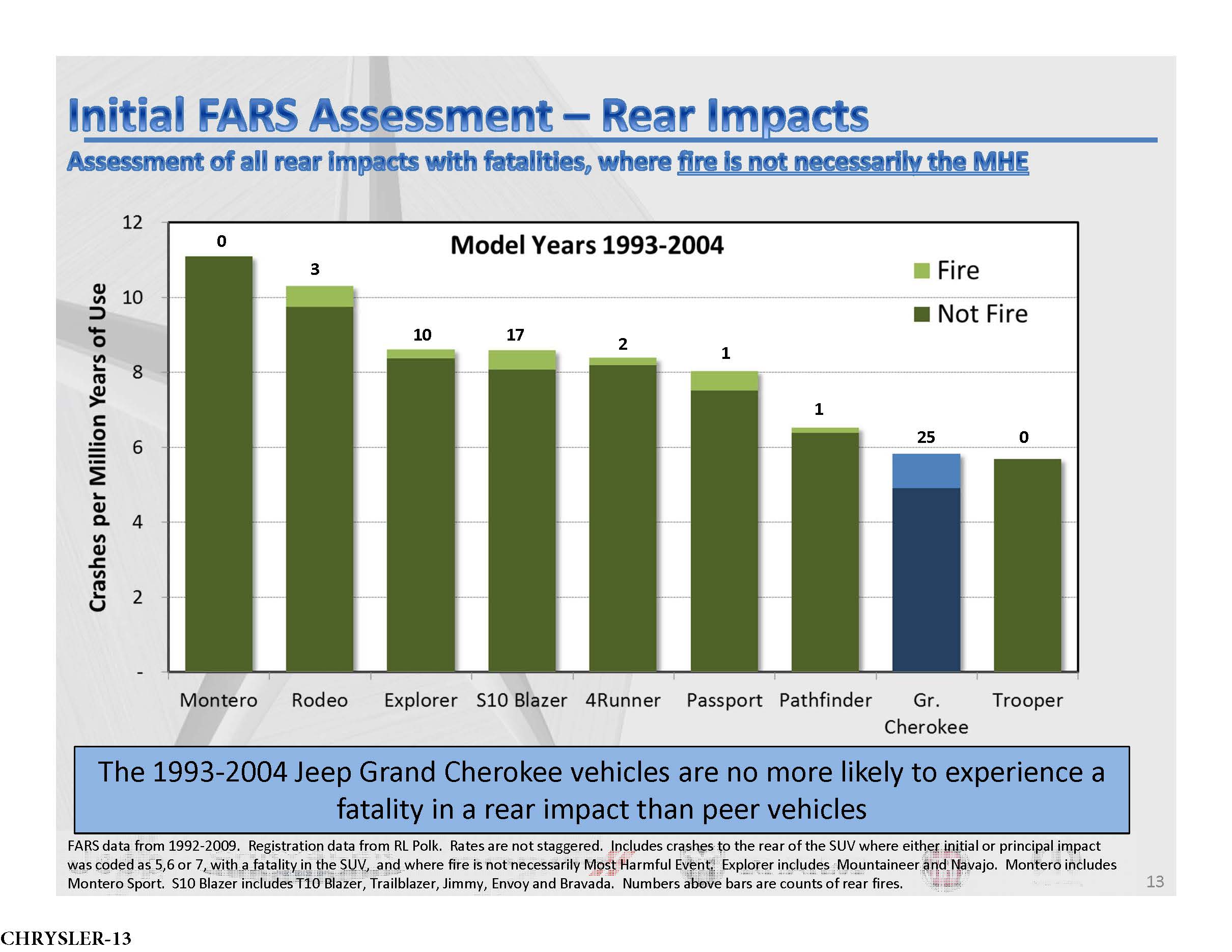The National Highway Traffic Safety Administration has had an open rulemaking docket on tire age degradation (i.e., thermo-oxidative aging) since 2003, but will the UK beat the U.S. to actual tire age legislation? Frances Molloy isn’t in an international race, but she is determined to see Great Britain adopt a tire age policy sooner rather than later. Molloy’s 18-year-old son Michael perished in September 2012 along with another 23-year-old passenger and the driver in a bus crash caused by the catastrophic failure of a 19-and-a-half-year-old tire. The tire had been purchased secondhand by Merseypride Travel, which owned the 52-seat coach. It had legal tread depth, but was older than Michael.
“The risk to life from old tires — no one can put a price on that. It’s been complete devastation,” says Molloy of the impact on her family. Michael, a promising musician, was on his way home after attending a musical festival in the Isle of Wight. “He was only 18 — there was no other reason for the crash in the inquest — other than the tire.”
Molloy, forensic crash investigator David Price and Surrey Coroner Richard Travers are campaigning to change the laws in Great Britain to prevent another such crash. In July, Travers formally announced that he would be writing a rule-43 report to alert the Secretary of State for Transport to the threat aged tires pose to public health. Travers’ report gives the Secretary a matched set. Three years ago, the Gloucestershire coroner did the same, after the 2009 death of Nazma Shaheen, whose crash was tied to the failure of a 13-year-old tire.
On November 20, Molloy and Price met with Secretary of State Patrick McLoughlin, who reports directly to the Prime Minister. He assured her a response in two weeks. Continue reading
